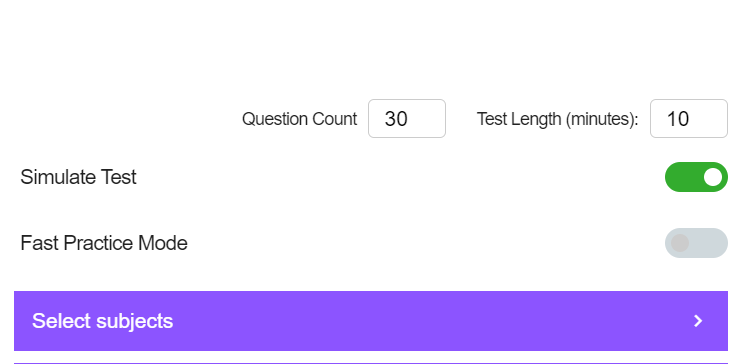NEET Previous Year Papers: Benefits and How to Use Them

NEET, the ultimate test of perseverance and knowledge, stands as the gateway for medical aspirants to embark on their noble journey of healing. Amidst the demanding preparation regimen, an often underestimated yet immensely potent tool lies within reach – the NEET previous year’s papers. These questions hold the wisdom of the past, the secrets of the exam’s patterns, and the potential to unlock unparalleled success.
By practicing with these past papers, aspiring doctors improve their time management, problem-solving skills, and confidence, leading to better scores and a successful medical career.
However, many aspirants who take this lightly and don’t try enough PYQs feel the brunt during the exam. They find it difficult to solve complex MCQs and waste time there. Eventually, not being able to complete the paper within the allocated time.
Make sure to include former year papers an integral part of your medical UG entrance exam preparation and fulfill your dream of getting admission to your desired government college.
Benefits of NEET previous year papers
Understanding question trends: Previous year papers reveal question trends, including the frequency of certain topics and the types of questions asked. This insight helps medical UG aspirants prioritize their study efforts and focus on high-yield topics.
Improving speed and accuracy: Regular practice with previous year’s papers enhances aspirants’ speed and accuracy in answering questions. They learn to manage time efficiently, ensuring that they can attempt all MCQs within the allotted time during the actual exam.
Tracking progress: Consistent practice with PYQs even allows NEET aspirants to monitor their performance over time. They can observe how much time they take to solve the complete paper, identify areas of improvement, and celebrate their achievements, motivating them to work harder.
Testing exam readiness: Solving NEET past papers under exam-like conditions provides a mock test experience. It helps entrants assess their preparedness for the actual exam and identifies areas that need further revision. As you get better at solving PYQs, you will also observe significant improvement in your readiness index on Darwin
Building exam strategy: Analyzing PYQs aids in developing a strategic approach for the actual exam. Aspiring doctors can determine which sections to attempt first, how much time to allocate for each topic, and when to use educated guessing for difficult questions.
Learning question patterns: NEET exam often includes variations of questions from past years. Solving these papers helps NEET aspirants recognize the patterns and apply the underlying concepts to new and similar questions.
How to use NEET PYQs for best results
Start early: Commence solving the previous year’s papers as early as possible during your NEET preparation. This lets you practice with the most relevant questions. It will even give you ample time to work on improving weak areas and build confidence in solving different question types.

Understand concepts: After attempting the papers, analyze your answers and identify mistakes. Go through the explanations and if you still don’t comprehend them properly, go over the topic on Darwin’s comprehensive notes and study them thoroughly. Focus on understanding the underlying concepts and principles for questions you got wrong, were unsure about, or took time to answer.

Simulate exam conditions: While practicing, try to recreate exam-like conditions. Set the number of questions and time limit on the ‘simulate test’ feature on Darwin. You can simultaneously enable the ‘recent year questions’ option as well and solve the questions. This will help you get accustomed to the time pressure during the actual exam.

Revision feature for consistent practice: Revisiting previously attempted NEET PYQs is a crucial part of exam prep. Darwin’s revision feature intelligently repeats all your incorrectly answered MCQs so that you can re-practice them multiple times. It’s particularly helpful because it improves your likelihood of getting the answers right during the revision phase. After solving the old exam paper and revision MCQs, make it a point to glance over the PrepDNA and EffortDNA at regular intervals. This will guide you to identify the chapters that you need to focus on next.

——————————————
The NEET PYQs hold a wealth of benefits for the aspirants willing to delve into their depths of preparation. To ensure a strong performance in the medical UG entrance exam, it is recommended to solve a minimum of 100-150 previous year questions in a week on the Darwin. This regular practice not only enhances accuracy and problem-solving skills but also facilitates the identification of repeated questions, saving valuable time during the actual exam. By adopting this approach, NEET entrants can confidently pave their path to a successful medical career.